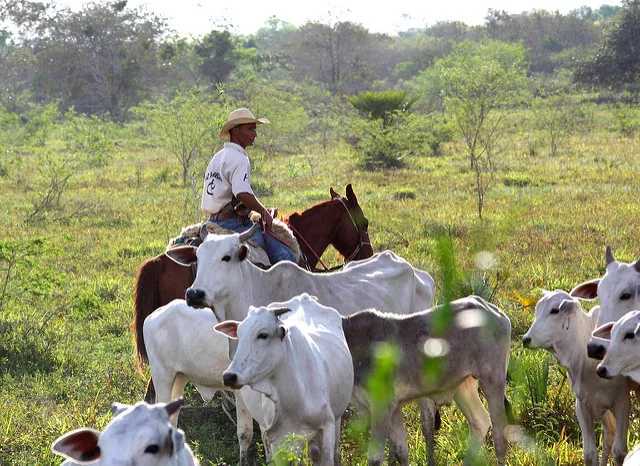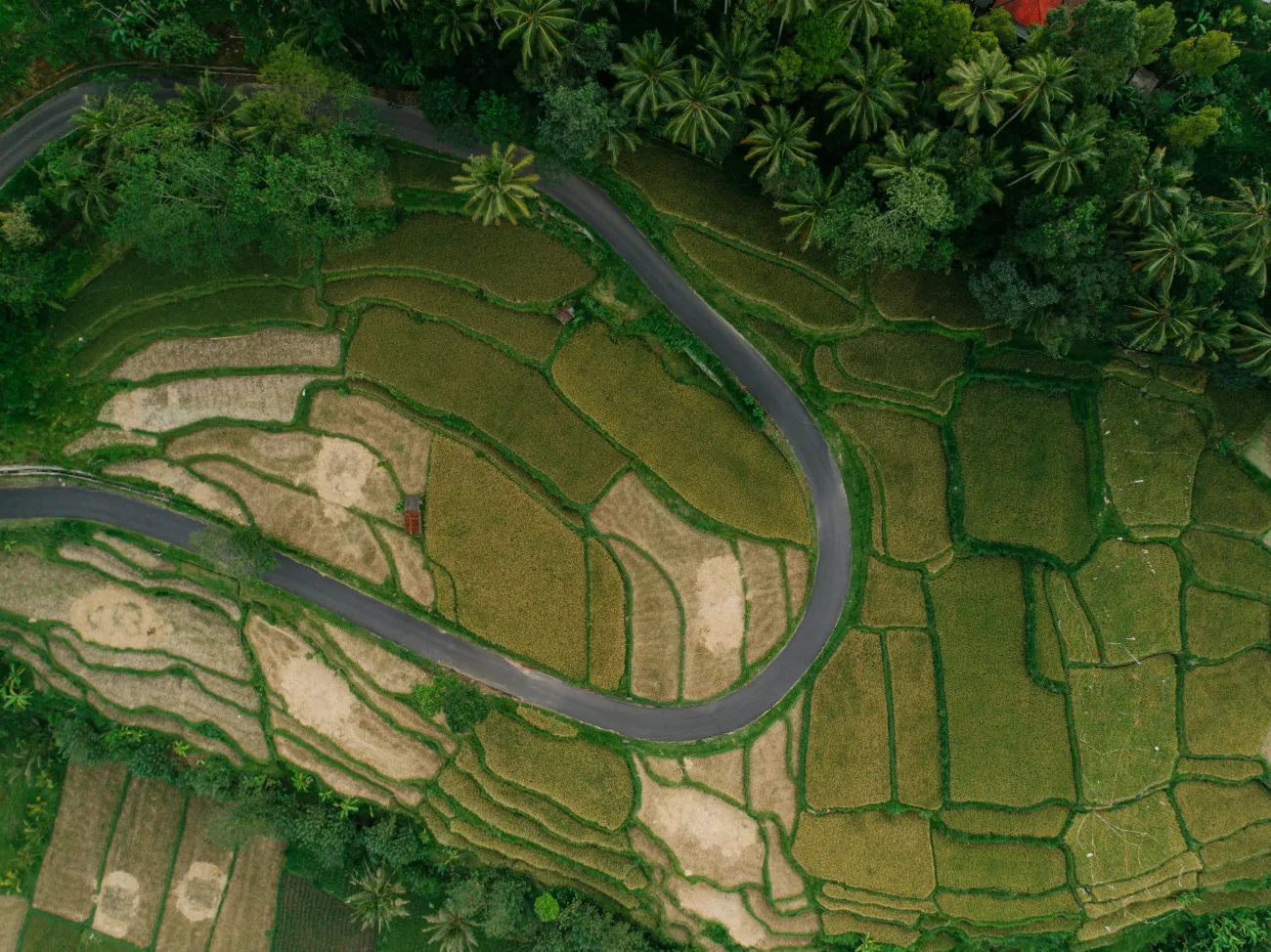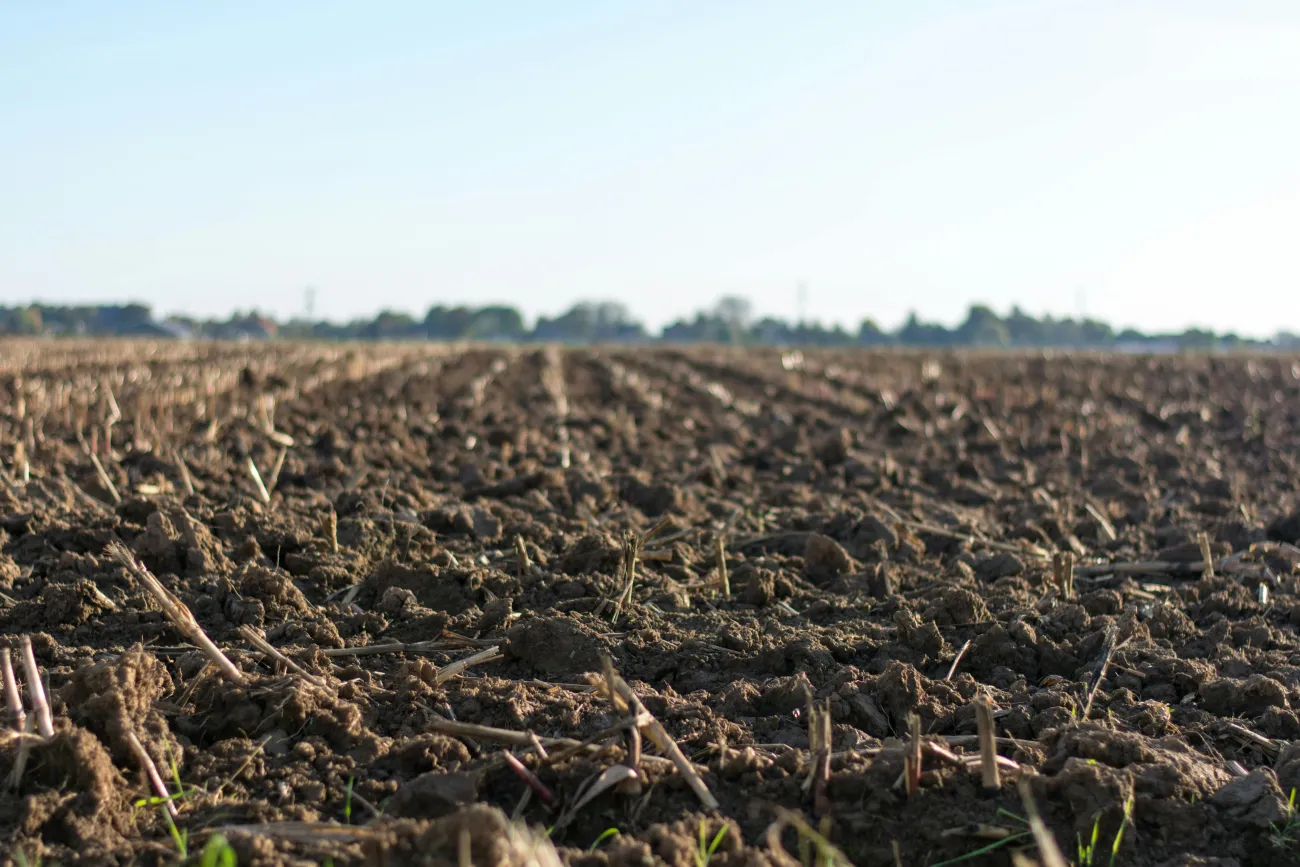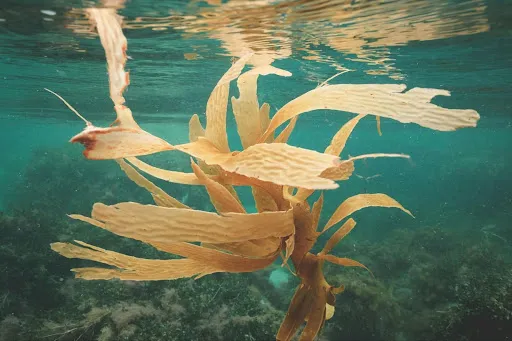This paper analyses how different agriculture and forestry activities affect biodiversity and carbon sequestration. In 2011, the top driver of losses to bird species richness was cattle production, while the greatest driver of losses to net carbon sequestration (relative to sequestration if natural vegetation were allowed to grow) was forestry.

The figure below shows the causes of biodiversity and carbon sequestration losses in absolute terms (top) and as the difference in impacts between 2000 and 2011 (bottom). The paper uses bird species richness as an indicator of biodiversity because its response to different land use types is well known. Around 28% of impending bird extinctions (i.e. species that would go extinct if the same land use were to be continued) are due to cattle farming, primarily in Central and South America and in Africa. However, most of the increase in biodiversity impacts between 2000 and 2011 is due to oil seed production (including soybeans), which often takes place on land that formerly held tropical forests. The paper does not specify whether palm oil is included in the oil seeds category.

Image: Figure 1, Marques et al. Impacts in absolute terms for the year 2011 (a) and the difference between the impacts in 2011 and 2000 (b). Negative values imply a decrease of their impacts by 2011. The left side represents impending global bird extinctions (number of species) and the right side shows carbon sequestration lost (MtC per year). Results are sorted by decreasing biodiversity impacts from production activities. The impacts of sectors accounting for less than 1% of the total are not shown. NEC; not elsewhere classified.
The paper also finds that growth in both the economy and human population have driven an absolute overall increase in impacts, despite a relative reduction in the impacts per unit of GDP, as shown in the figure below.

Image: Figure 2, Marques et al. Biodiversity impacts are measured in terms of impending global bird extinctions, and ecosystem services impacts in terms of carbon sequestration lost. Impacts can be decomposed as (Methods): ΔImpacts = ΔPopulation × ΔGDP per capita (that is, affluence) × ΔImpacts per GDP (that is, land-use efficiency). a–d, Annual changes in production impacts relative to 2000 (Δ) at the global level for biodiversity (a) and ecosystem services (b), overall changes between 2000 and 2011 for different world regions for biodiversity (c) and ecosystem services (d).
Abstract
Biodiversity and ecosystem service losses driven by land-use change are expected to intensify as a growing and more affluent global population requires more agricultural and forestry products, and teleconnections in the global economy lead to increasing remote environmental responsibility. By combining global biophysical and economic models, we show that, between the years 2000 and 2011, overall population and economic growth resulted in increasing total impacts on bird diversity and carbon sequestration globally, despite a reduction of land-use impacts per unit of gross domestic product (GDP). The exceptions were North America and Western Europe, where there was a reduction of forestry and agriculture impacts on nature accentuated by the 2007–2008 financial crisis. Biodiversity losses occurred predominantly in Central and Southern America, Africa and Asia with international trade an important and growing driver. In 2011, 33% of Central and Southern America and 26% of Africa’s biodiversity impacts were driven by consumption in other world regions. Overall, cattle farming is the major driver of biodiversity loss, but oil seed production showed the largest increases in biodiversity impacts. Forestry activities exerted the highest impact on carbon sequestration, and also showed the largest increase in the 2000–2011 period. Our results suggest that to address the biodiversity crisis, governments should take an equitable approach recognizing remote responsibility, and promote a shift of economic development towards activities with low biodiversity impacts.
Reference
Marques, A., Martins, I. S., Kastner, T., Plutzar, C., Theurl, M. C., Eisenmenger, N., Huijbregts, M. A. J., Wood, R., Stadler, K., Bruckner, M., Canelas, J., Hilbers, J. P., Tukker, A., Erb, Ka., and Pereira, H. M., 2019. Increasing impacts of land use on biodiversity and carbon sequestration driven by population and economic growth. Nature Ecology & Evolution. doi: 10.1038/s41559-019-0824-3.
Read the full paper here. See also the Foodsource building block What is land use and land use change?




Comments (0)